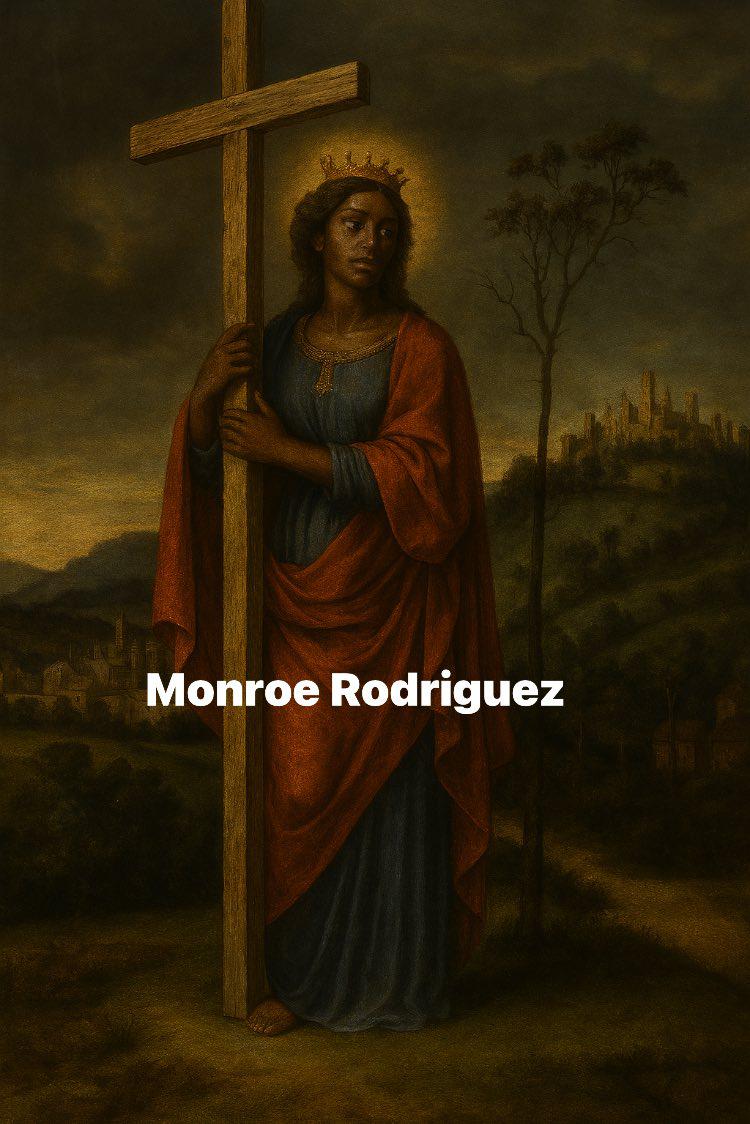
Who Was Saint Helen?
Saint Helen (also known as Saint Helena of Constantinople) was no ordinary empress. Born around 248 CE in humble origins, she rose to become the mother of Constantine the Great, the first Roman emperor to embrace Christianity. But Helen's legacy goes far beyond her imperial title. She is remembered for her extraordinary pilgrimage to the Holy Land and her legendary discovery of the True Cross—the very cross on which Jesus Christ was crucified.
From Stablemaid to Saint
According to tradition, Helen came from modest roots in Bithynia (modern-day Turkey), possibly working as an innkeeper or stablemaid. She later became the consort of Roman general Constantius Chlorus and gave birth to Constantine, who would become one of the most important figures in Christian history.
Once Constantine rose to power and legalized Christianity with the Edict of Milan in 313 CE, he honored his mother with the title Augusta. But it was not power Helen pursued—it was faith.
The Pilgrimage to the Holy Land
Around 326 CE, Saint Helen embarked on a pilgrimage to Jerusalem, seeking to locate and honor sites connected to the life, death, and resurrection of Christ. Her journey was one of the first of its kind—a royal pilgrimage—and it had enormous spiritual and political impact.
During this time, she:
- Commissioned the building of The Church of the Holy Sepulchre at the believed site of Christ's tomb.
- Oversaw the founding of The Church of the Nativity in Bethlehem.
- Ordered the removal of pagan temples from sacred Christian sites.
- Most famously, discovered the True Cross, through a miraculous healing attributed to one of three unearthed crosses.
Symbol of Sacred Preservation
Saint Helen wasn’t just a builder of churches—she was a guardian of memory. By preserving these sites, she shaped the sacred geography of Christianity. Her work ensured that Jerusalem and Bethlehem became destinations for Christian pilgrims, anchoring the faith in physical, historical reality.
Why Saint Helen Still Matters Today
- She represents female leadership in spiritual history.
- She shows that devotion can change the world, even in old age.
- She is a model for those who seek to anchor the sacred in daily life.
- She reminds us that humility and royalty can exist in the same person.
Frequently Asked Questions (FAQ)
Q: Is Saint Helen a Catholic saint?
Yes. She is venerated in both Eastern Orthodox and Roman Catholic traditions, with her feast day celebrated on August 18 in the West and May 21 in the East.
Q: Did Saint Helen really find the True Cross?
The story is rooted in Christian tradition and supported by early Church historians like Eusebius and Ambrose, though modern historians debate the literal accuracy.
Q: What miracles are associated with Saint Helen?
The primary miracle is the healing of a sick woman upon touching the True Cross, confirming its authenticity. Helen is also invoked by pilgrims and travelers.
Q: What churches did she build?
She founded the Church of the Holy Sepulchre, Church of the Nativity, and Eleona Church (Mount of Olives), among others.
Call to Action
Feeling inspired by Saint Helen’s journey? Her story reminds us that sacred purpose can awaken at any stage of life—and that devotion, vision, and courage can shape history.
If you're seeking spiritual clarity, ancestral connection, or want to deepen your own walk with sacred tradition, I invite you to explore my offerings:
👉 Book a consultation, class, or spiritual service at Ejiogbe Institute
Whether you’re a pilgrim, a practitioner, or just beginning your path, you're not alone. Let’s uncover what’s sacred—together.
